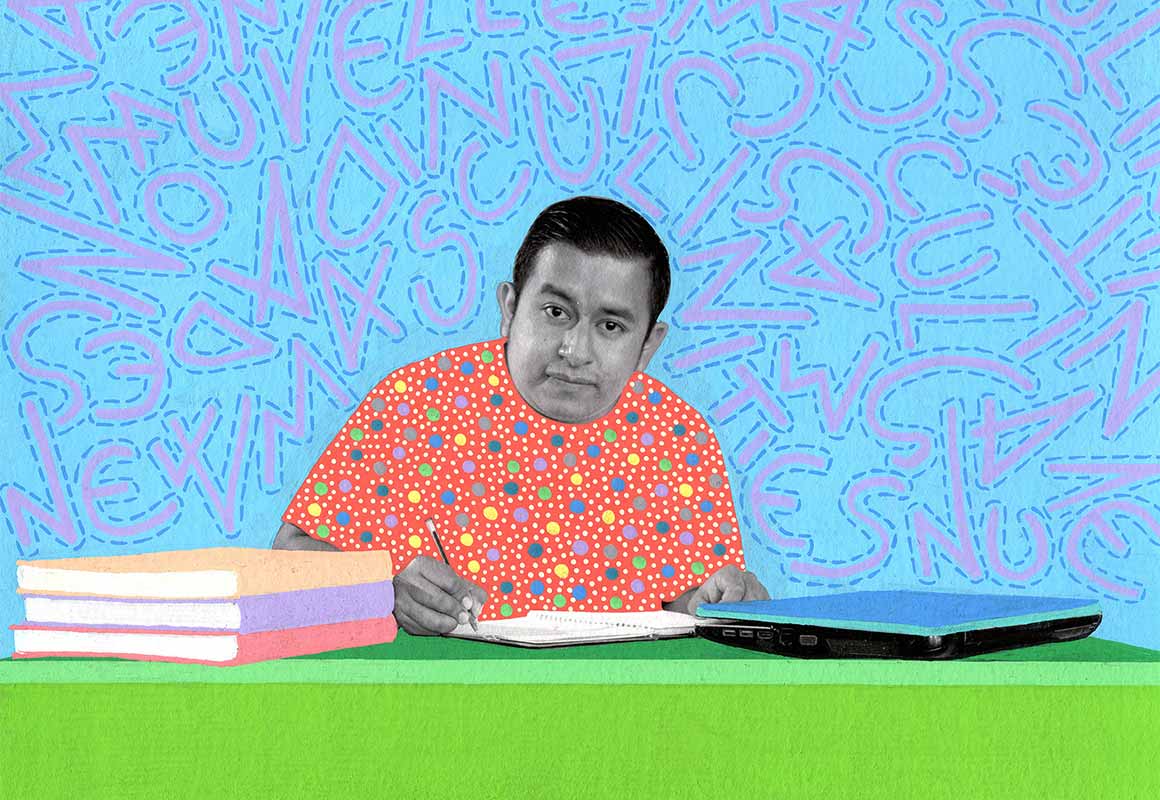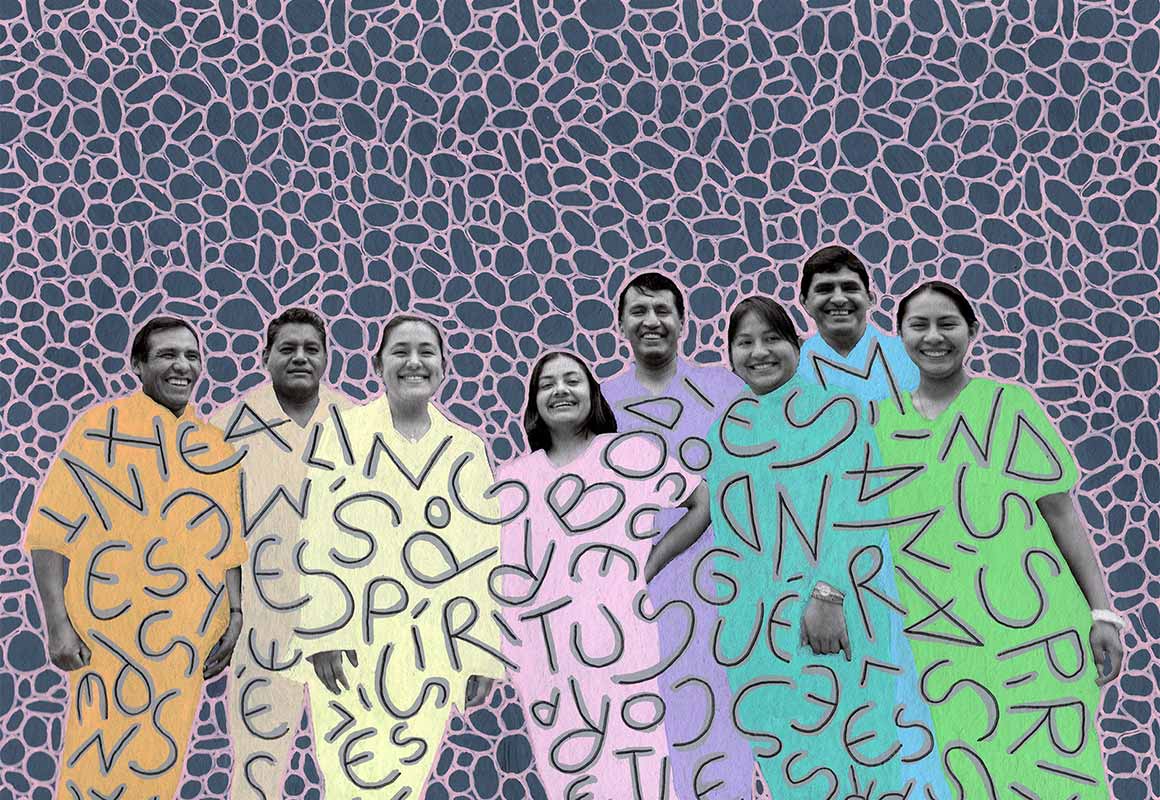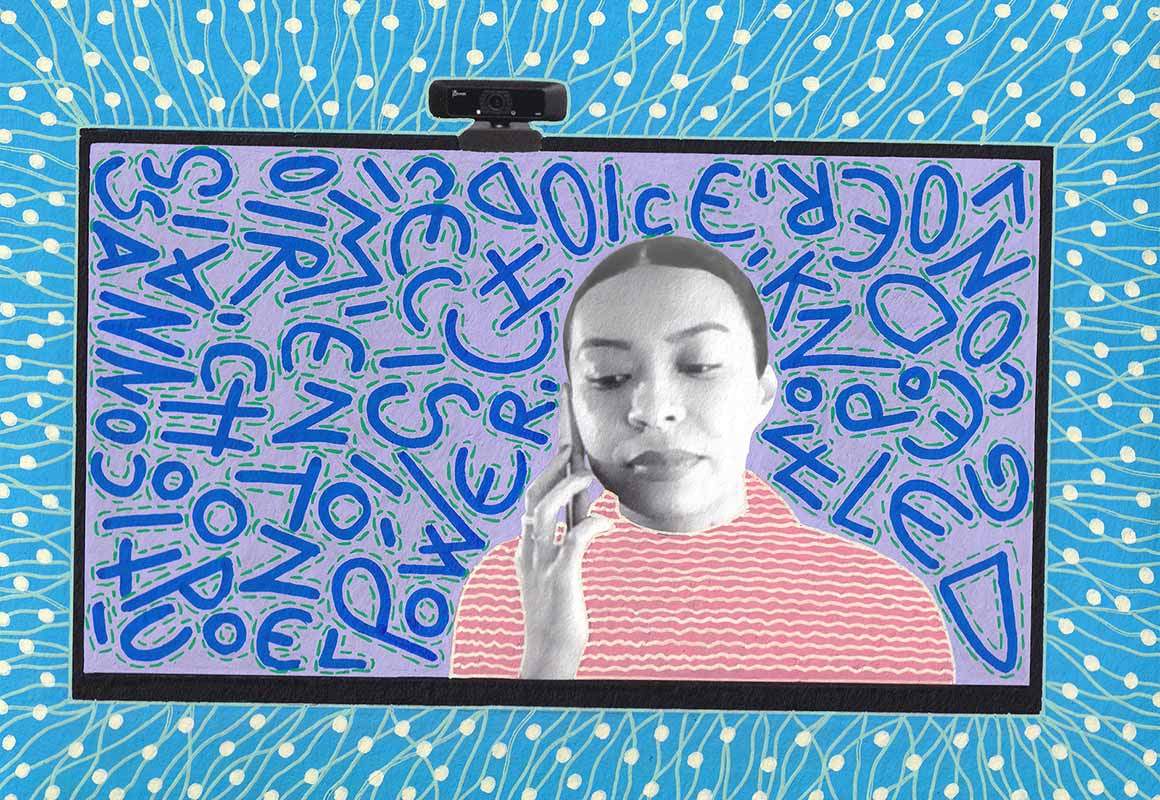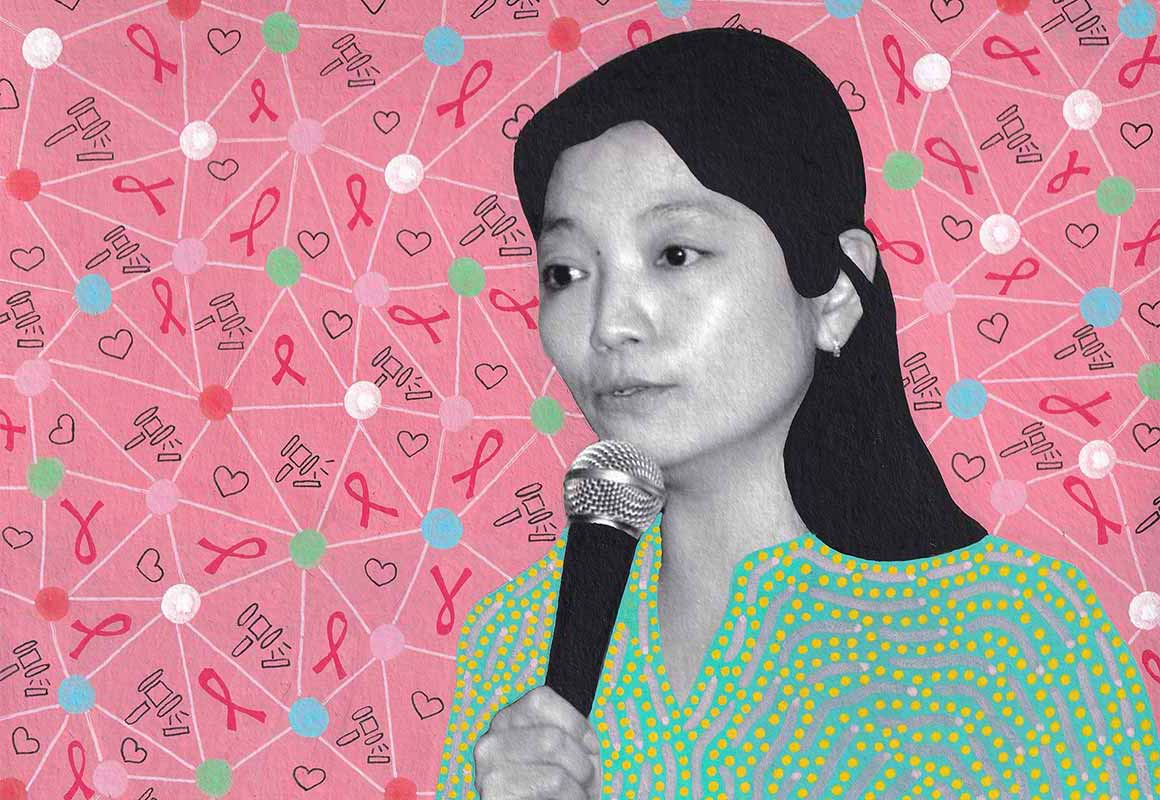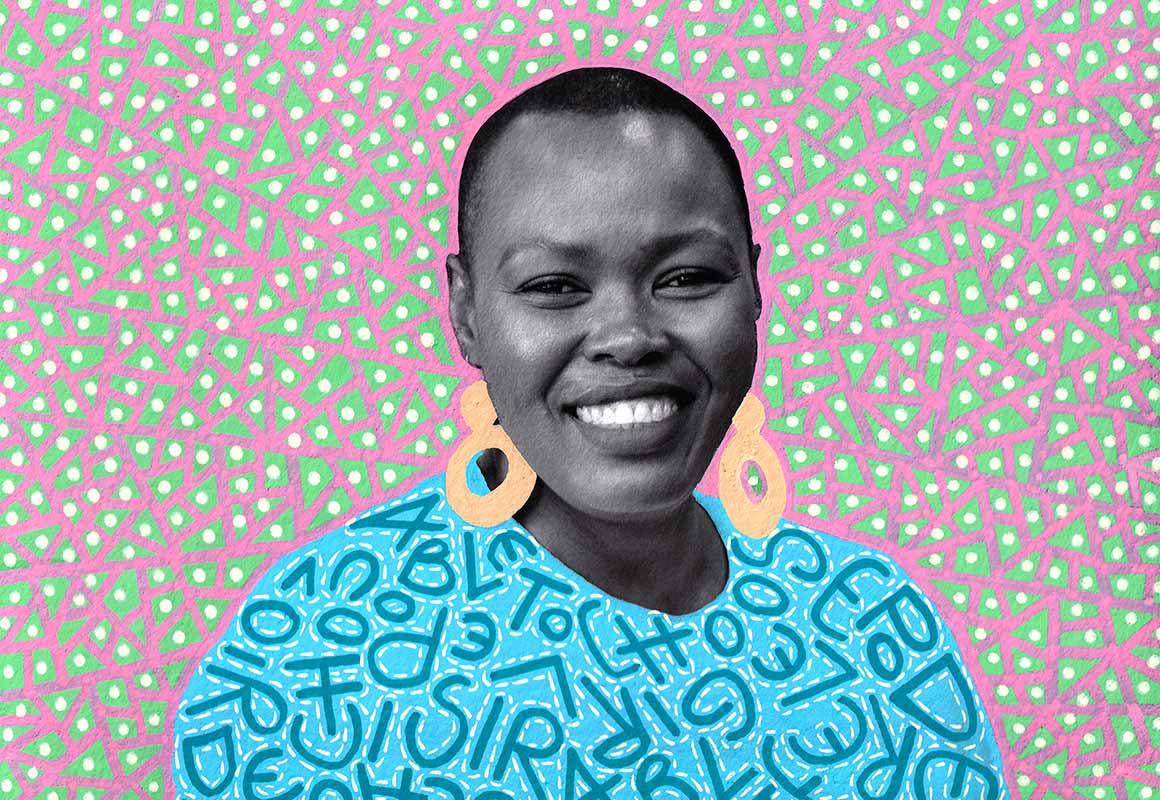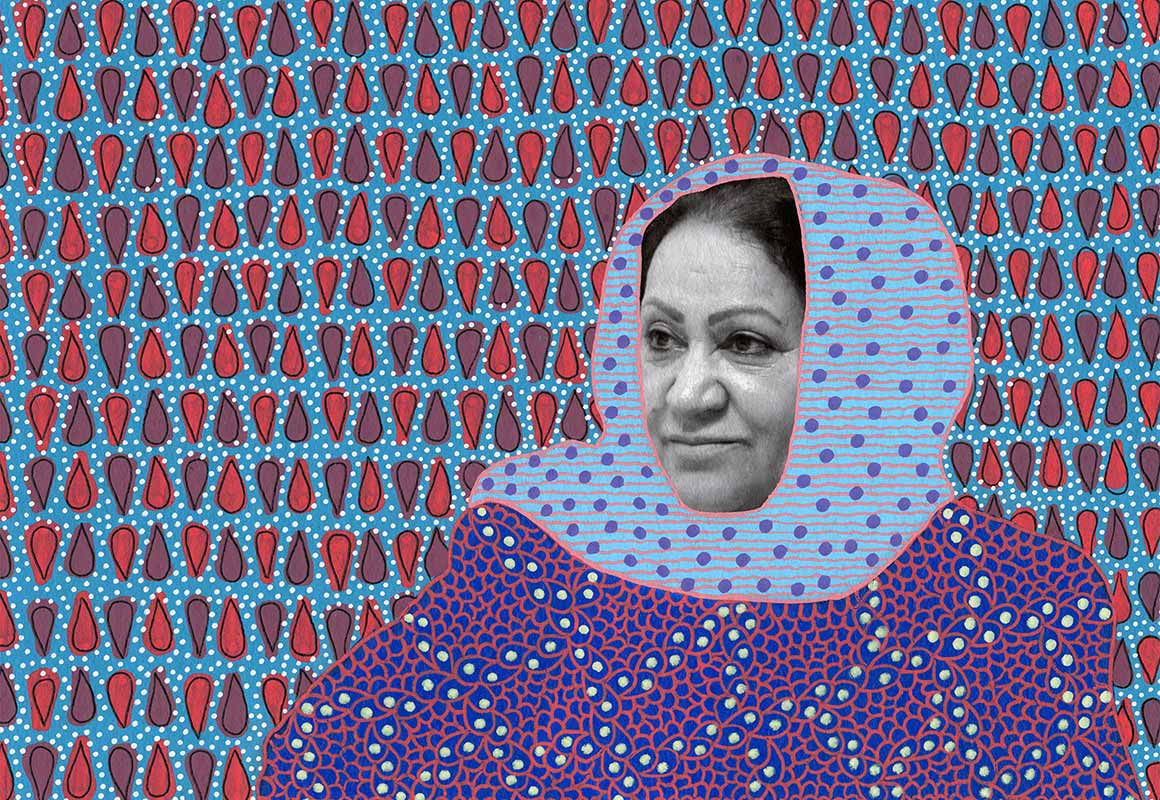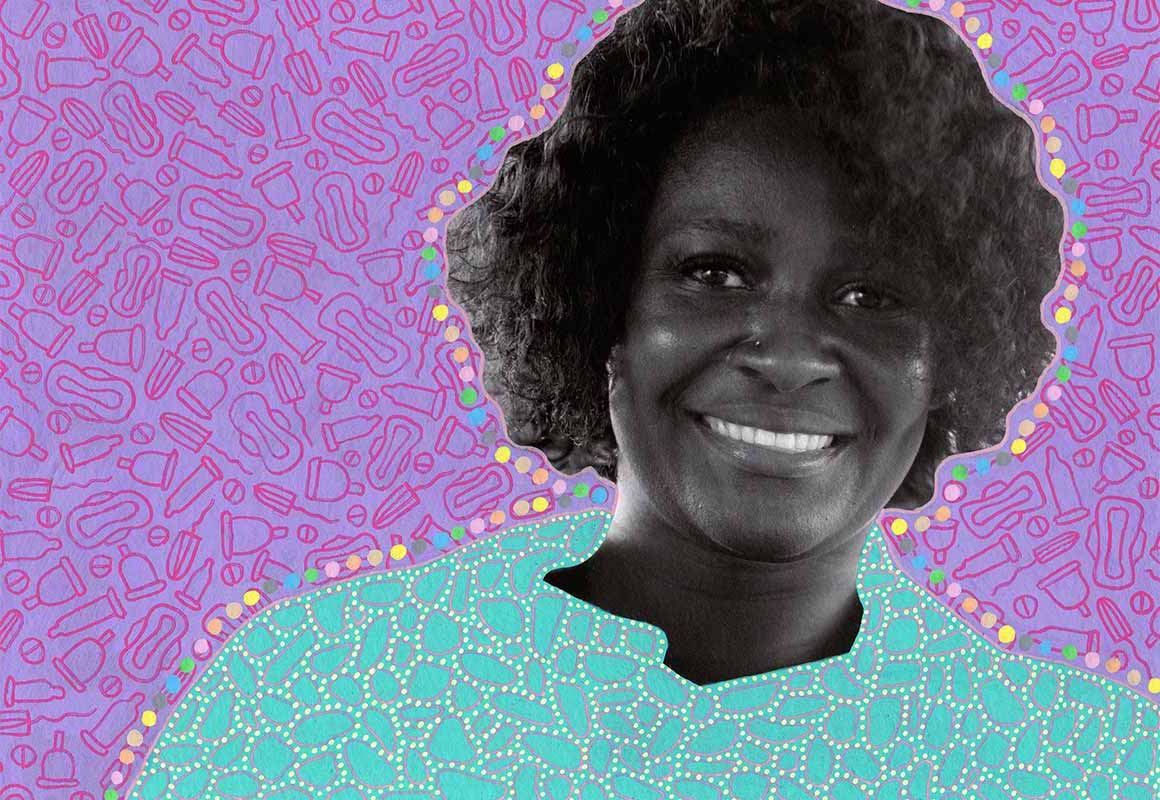In her years as a survivors’ advocate in the United States, Leidy Londono has grown accustomed to the language of shock, fear and shame that people use when grappling with the aftermath of sexual assault. And she has listened to people struggle to put into words one particular form of sexual violation, a phenomenon that is pervasive yet poorly understood, even by those who experience or perpetrate it: reproductive coercion.
“It involves behaviours that a partner or someone uses to maintain power and control in a relationship that are connected to reproductive health,” explained Londono, who has accompanied survivors to hospitals and provided hotline counselling. She now works as an educator and programme manager at Planned Parenthood in Washington, DC. “It can take a lot of different forms. There are explicit attempts to impregnate a partner against their own wishes. It could be about controlling the outcomes of a pregnancy, coercing a partner to have unprotected sex, interfering either explicitly or implicitly with birth control methods, or lying or deceit around birth control methods.”
Survivors lack a common language to describe the specific violation felt when they are denied ownership of their fertility or sexual health, whether or not they consented to a sexual encounter. Without the words to identify this experience, they often express confusion and self-recrimination. Londono recalled one young person who discovered that their partner had secretly removed a condom during consensual sex—a practice known as stealthing. “At first they were like, ‘Am I just exaggerating this?’”
The concept of reproductive coercion is relatively new, with most studies on the topic taking place in the last 20 years, often in the United States, where the prevalence of reproductive coercion is estimated at 15 to 25 per cent (Park and others, 2016). But recent inquiries show that it is widespread globally, perpetrated not only by partners but even by families and community members (Grace and Fleming, 2016). It may even be abetted by health systems, via policies that require husbands’ permission before a woman can use family planning, for example.
Dipika Paul has worked for decades as a researcher in sexual and reproductive health in Bangladesh, yet even she says she was not familiar with the term reproductive coercion. Rather, she and health workers and advocates spoke more generally about “barriers in family planning”.
Today, Paul is an expert in the topic. As an adviser at Ipas in Dhaka, she sees many forms of reproductive coercion. “With husbands... it can start with telling them, ‘do not use any contraception’, then women will follow their husband’s opinion. And it also ranges to severe violence. Sometimes husbands withhold food or money if she wants to continue using contraception,” Paul said. Often this pressure is related to “husbands’ or other family members’ desire for more children or desire for sons”. Forced use of contraception and forced abortion are also seen, she added.
These coercive acts are not widely regarded as forms of violence because reproduction may be seen as a family decision. “In-laws, they play a big role,” Paul said. This is particularly true for younger and underage wives; the median age of marriage is 16, according to a Demographic and Health Survey from 2018. “It is difficult for young women to take decisions alone.”
And yet there is a clear link between reproductive coercion and violence. Paul estimates that, in a study she is currently conducting, about three in five women who said they had experienced reproductive coercion also experienced sexual or physical violence from their husbands.
Jay Silverman, a professor at the University of California, San Diego School of Medicine, began his career working with men and boys who had perpetrated intimate partner violence. He has since studied reproductive coercion in Bangladesh, India, Kenya, Niger and the United States. Even though reproductive coercion may sometimes be carried out by female family members, the violation is rooted in gender inequality, Silverman said.
“There’s a universal involved here,” he explained, “and it is male entitlement to control female partners… On some level, that sense that men do have, that entitlement to that control, is something that’s ubiquitous in, I think, most of our societies.”
Silverman and his colleagues, including Ipas in Bangladesh, are piloting tools to help health workers identify reproductive coercion, such as questions about partner attitudes and behaviour. Once coercion is acknowledged, women can reassert bodily autonomy by, for example, selecting family planning methods that are undetectable by a partner.
Even as women lack the language to describe reproductive coercion, Silverman explained, “I also believe human beings innately resist against being controlled… There are many different coping strategies that women in communities around the world have developed to cope with reproductive coercion, including women supporting women. That is something that is just happening organically, everywhere. It always has, whether it be a neighbour or female family member hiding your pills for you or helping you get to a clinic.” Where clinics give out pamphlets about reproductive coercion, partner violence and how to seek help, women often “take handfuls” so they can share the information with other women.
Much of the burden of addressing reproductive coercion falls to service providers, who often face a double bind: they must strike a balance between engaging men in reproductive health matters without ceding full decision-making power to them. “The ideal of male engagement in sexual and reproductive health and maternal and child health internationally has become a priority,” Silverman said. Male involvement has been associated with increased family planning and contraceptive use and improved maternal and child health outcomes (Kriel and others, 2019; Assaf and Davis, 2018). But when men wish to control the reproductive choices of their partner, “involving men is obviously detrimental”.
And men—indeed, people of all genders and sexual orientations—can also be victims of reproductive coercion. “Anyone can experience reproductive coercion,” said Londono. “Women in marginalized communities experience levels of violence at disproportionate rates, and that includes reproductive coercion… but that doesn’t negate the fact that I have talked to young boys and young men—men in general—who are trying to identify their own experiences and put it into words and contextualize it.”
Fluency in the language of reproductive coercion is needed, particularly among policymakers. “When our laws and our policies are vague and our language is ambiguous, it doesn’t provide for survivors,” Londono said.
And learning about bodily autonomy is also crucial. In one recent project, Paul said, “we talked to women, and they chose this terminology: ‘my body, my rights.’... They all agreed that we need to disseminate this among the population—that my body is mine.”


